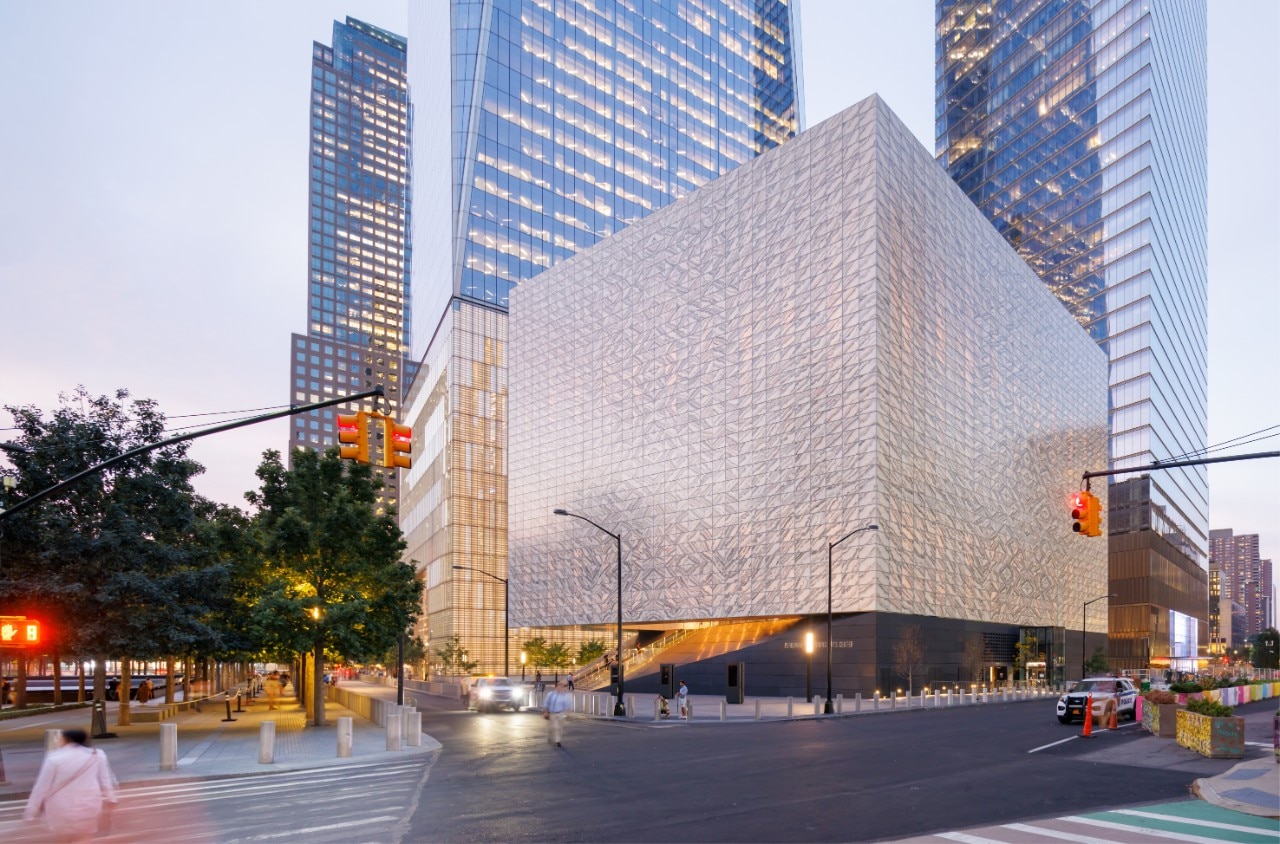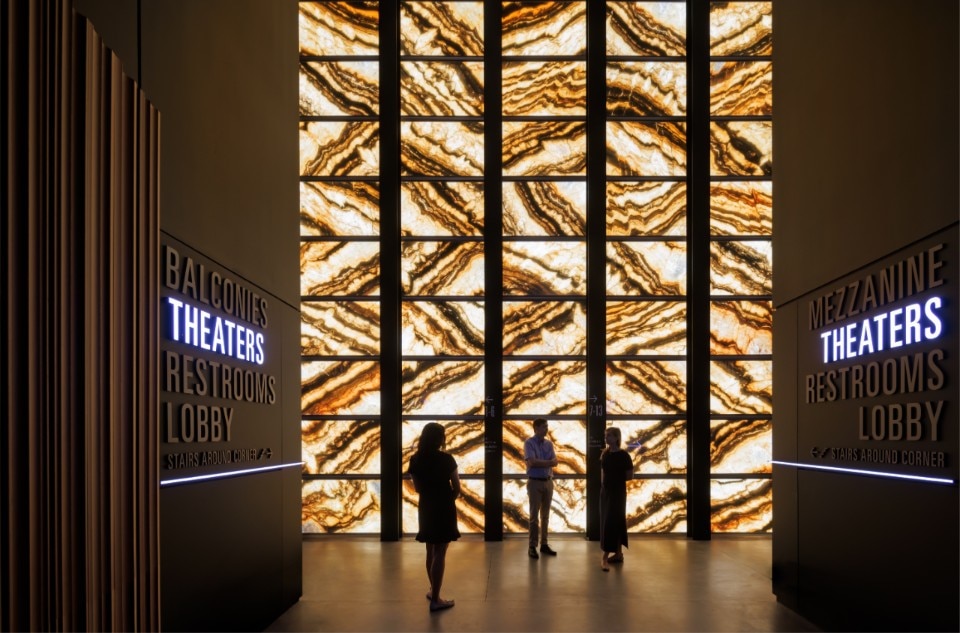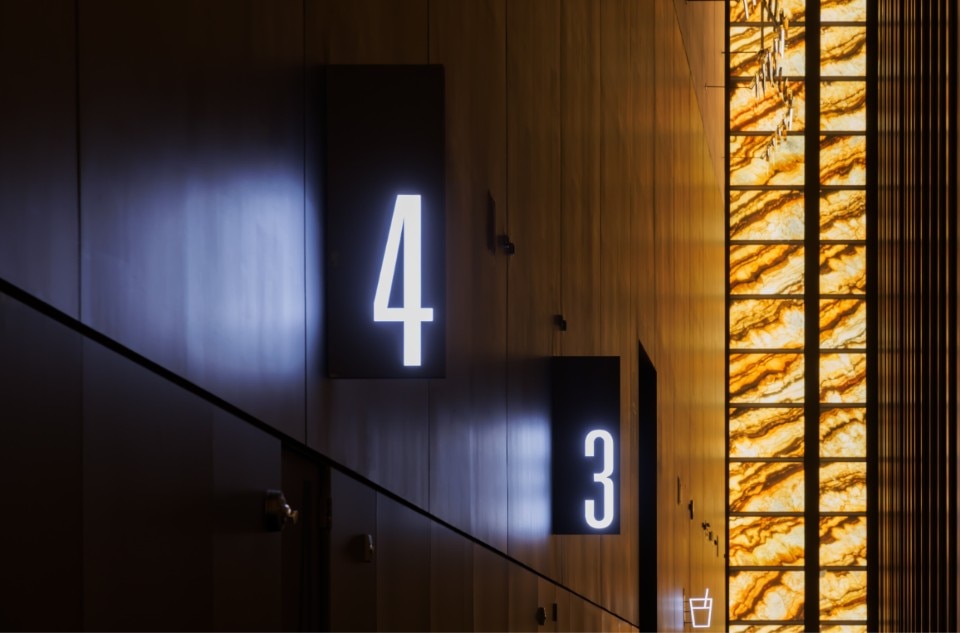This article was originally published in Domus 1091.
The Perelman Performing Arts Center (PAC NYC) by Rex, Joshua Ramus’s New York office, opened to the public at the end of 2023. The last of the public buildings envisaged in the 2004 master plan for the World Trade Center site, it is a compact, abstract cube that uses assonance or difference to relate to the many other notable forms in its surrounding context. Its radical solidity makes it a conceptual counterpoise, a positive double of the absolute voids of Michael Arad’s 9/11 Memorial.
At the same time, its introverted simplicity contrasts sharply – deliberately? – with the sprawling and atmospheric shapeliness of Santiago Calatrava’s Oculus. As such, it offers yet another confirmation of the Koolhaasian interpretation of the New York grid as a device for inclusion and emphasising differences. Indeed, the very architecture of the PAC is in many ways indebted to the lessons of Rem Koolhaas and OMA, where Ramus was a partner for several years.
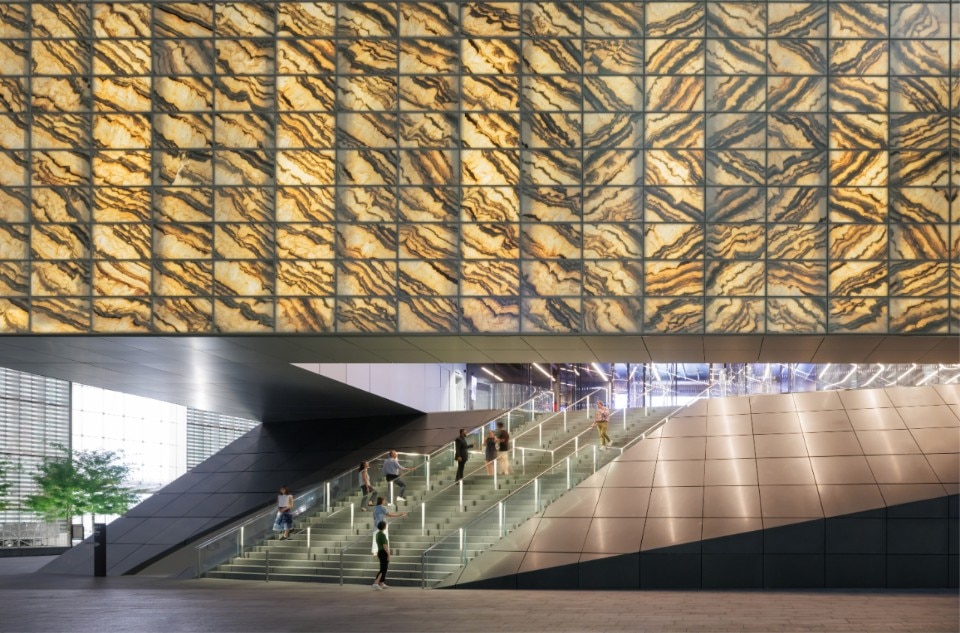
It is a legacy that can be glimpsed in the centrality given to the brief and the clarity of its translation into space; in the rejection of the traditional paradigm of the building as a domino and sequence of rooms; and, more generally, in the muscularity of many solutions and devices. The PAC is laid out on three levels allocated to different audiences and activities. Moving from the bottom to the top there is a Public Level with the lobby, a stage for free programming, a restaurant, a bar and an exterior terrace; then the intermediate Artists’ Level, which contains the dressing rooms and all the spaces supporting the performers’ activities; and lastly the Theater Level, which in its basic configuration is divided into three auditoriums with 450, 250 and 99 seats.
It is a compact, abstract cube that uses assonance or difference to relate to the many other notable forms in its surrounding context.
The underground development of the site is particularly complex, because it comprises four basement levels intended for rail and road circulation, as well as the structural skeleton of a previous unfinished, low-capacity project. For this reason, the PAC is suspended above seven “super-columns”, as Ramus calls them, which cling to the most solid points of this earlier spider’s web and support a belt truss.
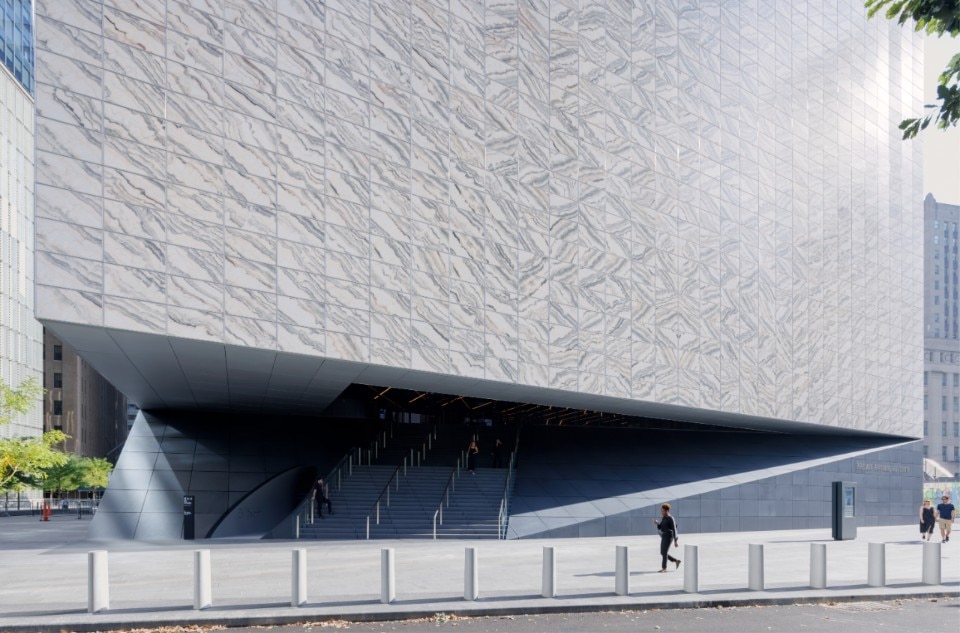
The latter is a veritable volume, containing the rooms of the Public Level and the Artists’ Level, while isolating the Theater Level above them from noise and vibrations. Here the three auditoriums are independent boxes designed for maximum flexibility. All their elements – stages, stalls and galleries, service spaces and even the vertical distribution – can be moved, rotated, opened and closed completely or partly, combining the auditorium in 62 configurations, differing in the availability of seats, ranging from 90 to 950, and the relationship established between the stage and spectators.
In this way, the PAC is intended to be virtually open to all forms of production and representation of the many arts that it will showcase: music, theatre, dance, opera and cinema. None of this machinist exuberance, however, appears on the outside. The PAC is a solemn presence in the New York landscape. It is monumental not because of its size but because of its qualities.
The solemnity also appears in the large, steep staircase of the main entrance, which cuts through the cube and leads from the street level to the Public Level. The building’s monumental aura derives above all from its cladding, with black granite for the base and, higher up, translucent Portuguese marble. The 4,896 slabs of this material are book-matched, a technique that multiplies the veins in a giant diamond-shaped pattern.
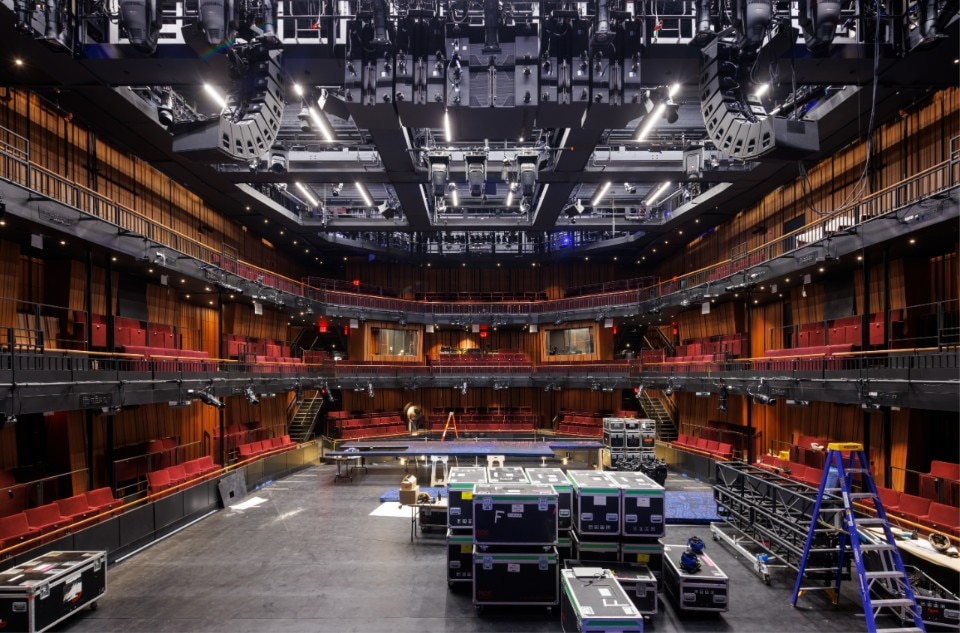
In this way, the PAC is intended to be virtually open to all forms of production and representation of the many arts that it will showcase: music, theatre, dance, opera and cinema.
Through its marble skin, the PAC shines at night with a glow that is more vibrant and less obvious than a simple glass wall. Inside, meanwhile, the same marble floods the perimeter distribution spaces with a saturated and diffused light. It is a remarkably elegant solution, which seems to be directly inspired by Yale’s sublime Beinecke Library (1963), a late-modernist masterpiece designed by Gordon Bunshaft for SOM.


